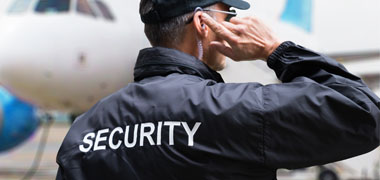
This role has a moderate level of AI exposure. AI can enhance efficiency for some tasks, but this job still relies on human skills and decision-making.
Explore all careersEmergency Response Specialists manage critical incidents, ensuring community safety through emergency plans, risk assessments, and training.
Get qualified to work as an Emergency Response Specialist with a course recognised across Australia. Speak to a training provider to learn more.
Browse occupations related to Emergency Response Specialist



An Emergency Response Specialist manages and coordinates responses to critical incidents, ensuring the safety and well-being of individuals and communities. You might work in government agencies, emergency services, or private organisations. Emergency Response Specialists focus on developing and implementing emergency plans, conducting risk assessments, and leading response teams during crises. You’ll train staff and communities in emergency procedures and collaborate with various stakeholders to ensure effective incident management.
Emergency Response Specialists play a vital role in protecting lives and property. You’ll need to be calm under pressure, have strong problem-solving skills, and communicate effectively in high-stress situations. You’ll liaise with emergency services, government officials, and the public to ensure a swift and coordinated response.